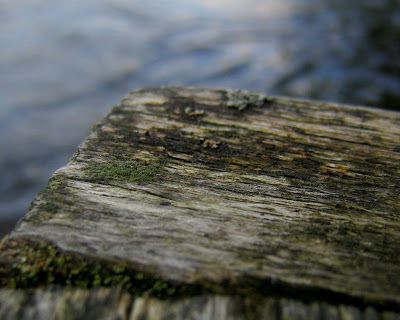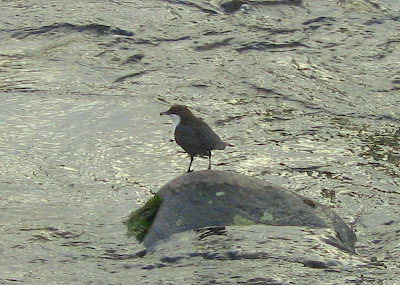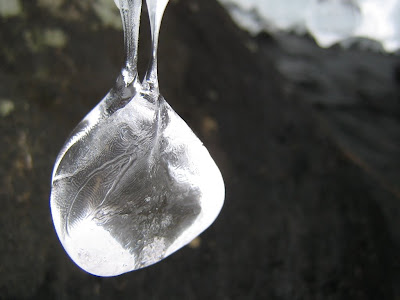Or Learning to cast againI learned fly casting without instructors but by reading books, casting, and casting. It was in mid 80s and I was a pimple-faced teenager with a noodle fibreglass rod. Back then my books considered moving the wrist in casting as a critical mistake.
To keep a long story short, I haven't developed to be a great caster. Over the years I started to caught fish and was satisfied to my mediocre fly casting skills. At some point I reached the conclusion that only way to cast better was by applying less power. But then there is the thing called muscle memory. It has been very hard to change my casting stroke.
Beyond Overhead and Roll CastingA few years ago I began to experiment with the
underhand cast. It is widely popular here in Scandinavia, but I must confess that I haven't really mastered it. The I saw a video clip of the
double spey cast with a single-handed rod. It looked familiar, and I realized that in fishing I used a cast not totally unlike the double spey. Then one day last summer I was fishing and I was casting the double spey. It felt great, and it was far more effective for the situation than traditional roll casting.
A few weeks ago a friend lent me a DVD entitled
Rio's Modern Spey Casting, and I became a child again. I mean that I'm beginning to rival my kids on a competition how many times the same DVD can be watched.
Simon Gawesworth has explained the basic principles of Spey casting to me so many times that they are starting to stick. Surely, in the DVD he casts mostly with a double-handed rod, but Spey casting is not about double-handed rods, it is about manoeuvring the line to position for forward cast, it is about D-loops and anchors. All these principles work with single-handed rods as well as with two-handed rods.
Wetting the line
I have been on a lake shore half a dozen times practising. The beginning was miserable. I think I managed to make every mistake possible. My D-loops were out of control, anchors either stick piles of line or nonexistent, and I apparently had no sense of timing. My hand was hurting as I tried to fix everything with power, a manly solution to everything. But my double spey was working and one
switch cast out of twenty sent the line far and fine. So I returned home to listen Simon.
Last Saturday I went to the shore again.This time I had memorized the rod path for the
snakeroll. I did it a dozen times and the misery continued. Only then I realized that my line was pointing to the wrong direction before the forward casting stroke. It was perfectly aligned if the direction I wanted to cast was behind me. I felt stupid when I realized that I drown a G-shape not the e-shape; clockwise instead of correct counter clockwise e-shaped rod path. I changed it and snakeroll started working, the anchor was right there where it was supposed to be. I added the splash-and-go timing of the airborne anchor cast and the line was flying and unrolling beautifully.
It felt great. And all the sudden I managed the switch cast and the
single spey as well. All these casts have the airborne anchor. Splash-and-go, and it did.
My Spey casting has only began. There are lots of faults to be fixed. It is still quite common that the line (and my self esteem as a caster) falls down into a messed pile of misery. But when I concentrate well, have patience, and don't apply too much power, the line unrolls beautifully, or at least decently, and I have the sense of success that I need to keep on going.
At the moment like these I also remember that it is not the destination, it is about the journey.







